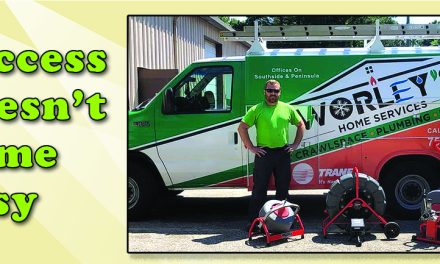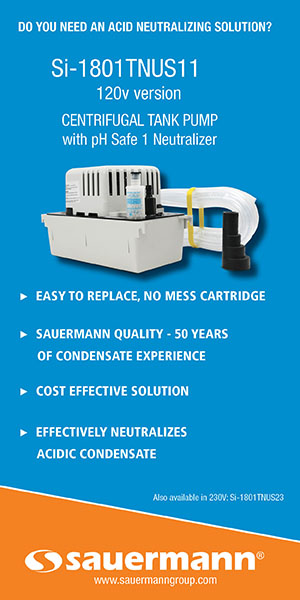The early 1980s was a time of significant energy efficiency and technology change. There was an intense interest in finding renewable energy sources, including solar energy for heating.
Sure, there was nuclear power. But after the 1979 accident at Three Mile Island in the U.S., the public grew afraid of this as a source of energy. That fear solidified in the 1980s after the meltdown at the Chernobyl reactor in Russia.
Cutting down on fuel consumption became the battle cry, but no matter how efficiently manufacturers built their mechanical systems, energy costs in commercial and residential buildings continued inching upward.
There Had to be a Better Way
It was apparent there needed to be a way to better measure and manage energy use. The idea for The Energy Conservatory (TEC) was born in 1980 from conversations between two men interested in the latest discoveries in residential energy efficiencies.
The two men were Gary Anderson, then an auditor in St. Paul, and Gary Nelson, an engineer at the Minnesota Energy Agency. The blower door was one test instrument advance that captured their imaginations.
They wanted to design, build, and sell blower door test instruments to help builders, contractors, and researchers better understand and manage energy. TEC started in a garage where the two partners strove to create a blower door design that would be more practical for mainstream contractors.

That meant it had to be less expensive, lighter, and easier to use. Anderson and Nelson worked to make blower door testing more friendly, accurate, and efficient. They helped develop protocols for weatherization programs to prioritize air sealing.
Their efforts paid off and helped propel advances in construction and air sealing techniques that have become mainstream elements in both new construction and retrofit applications.
The Move to Understand Duct Airflow Leakage
Over the years, TEC developed many industry-leading products, including the first high-precision two-channel digital pressure gauge and the first automated blower door testing system.

In the late 1980s, TEC was at the forefront of research that led to the understanding that duct leakage is a big problem. The problem was not just energy waste but also pressure imbalances caused by the duct system that can result in back-drafting and indoor air quality problems. This realization led to the development of the Minneapolis Duct Blaster® system.
In the summer of 1999, the company moved into its current location in the Greenway Building in Minneapolis, MN. Here the tradition of innovation continues with advances in performance testing equipment to measure air handler flows quickly and accurately, register and ventilation system flows, and air-tightness levels in large commercial buildings.
TEC Today
Today TEC employs 25 people in Minneapolis and several programmers in Madison, WI, and Houston, TX.
“The company mission set by Gary when he started was to help the industry deliver better built environments. This not only meant more energy efficient, but also more comfortable, healthy, safe, and durable homes,” says Steve Rogers.
He adds, “Our primary customers in the U.S. are weatherization professionals and energy raters. However, we see serving the HVAC Industry as a big and growing market for us — consistent with our core mission.”
Rogers, who bought TEC from Gary Nelson in 2017, now serves as its president. He and co-owner/business partner Bill Graber split the management between them. Steve’s background is in instrumentation for process controls, and he runs the engineering side of the business. Graber is the sales and marketing leader.
Click Below for the Next Page:













Recent Comments